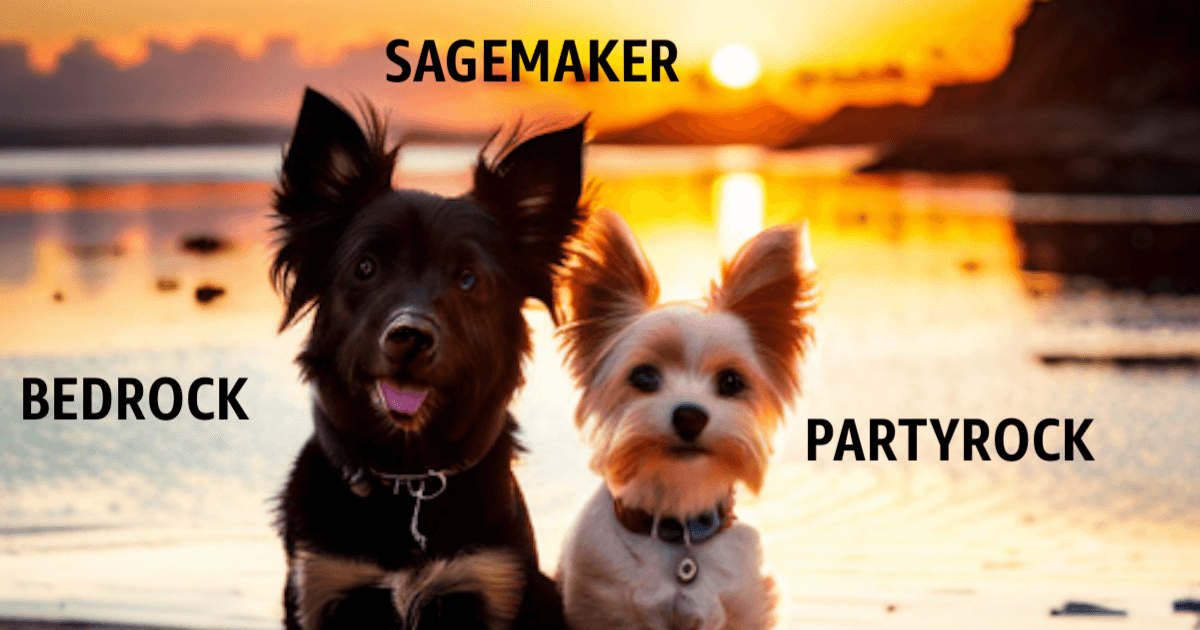
Bedrock, PartyRock, SageMaker: Choosing the right service for your Generative AI applications
Understand the capabilities and differences of Amazon Bedrock, PartyRock and Amazon SageMaker to decide what to use for your generative AI use-cases

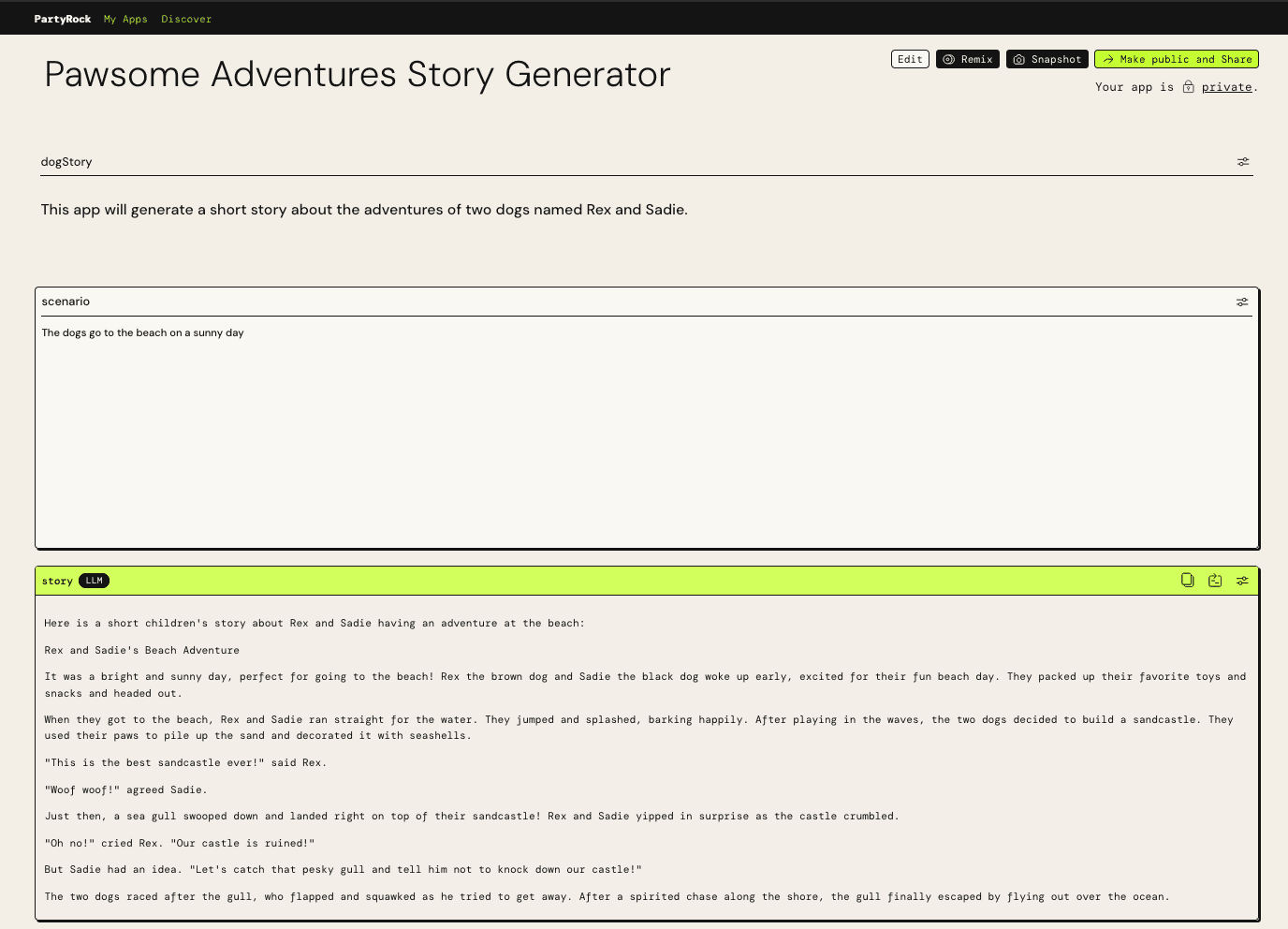
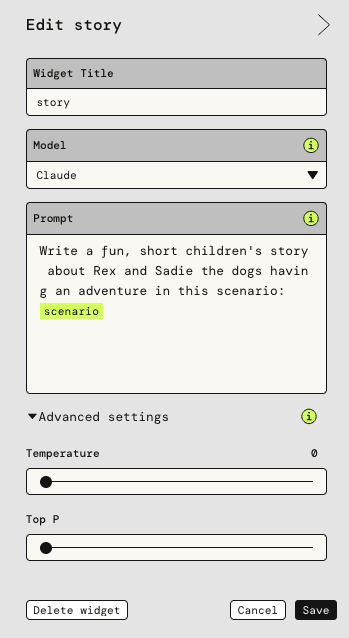
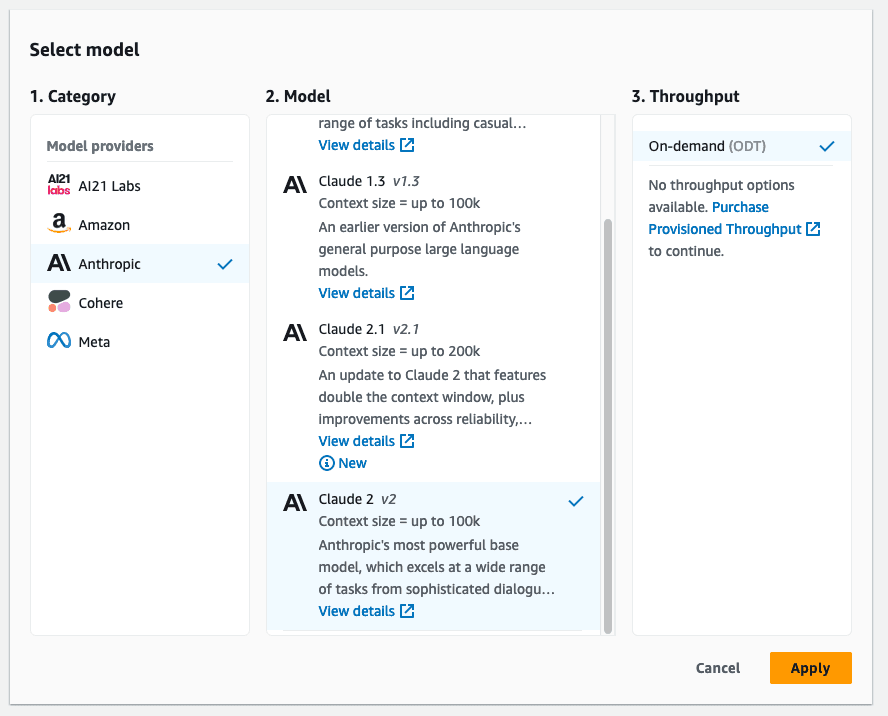
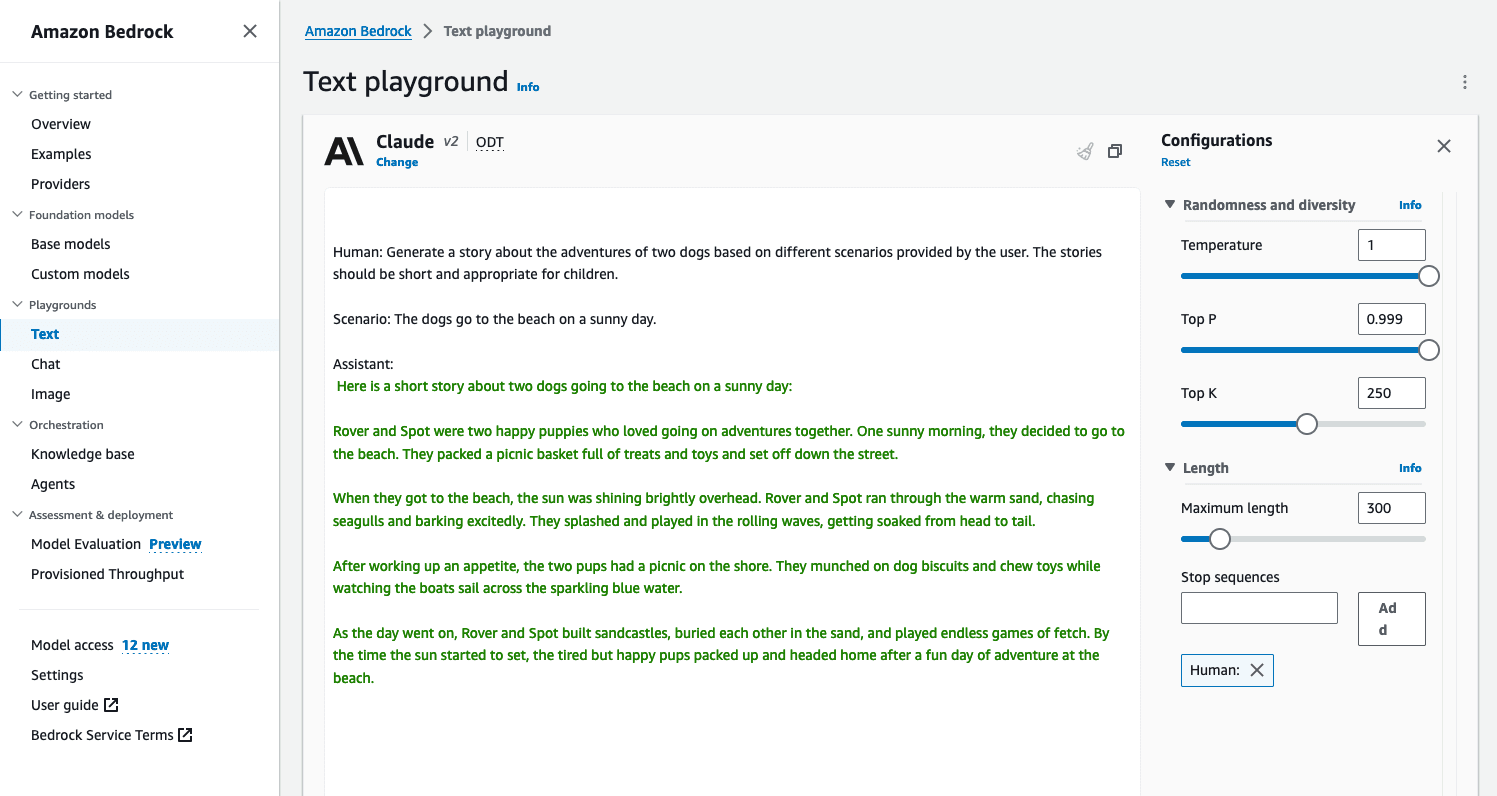
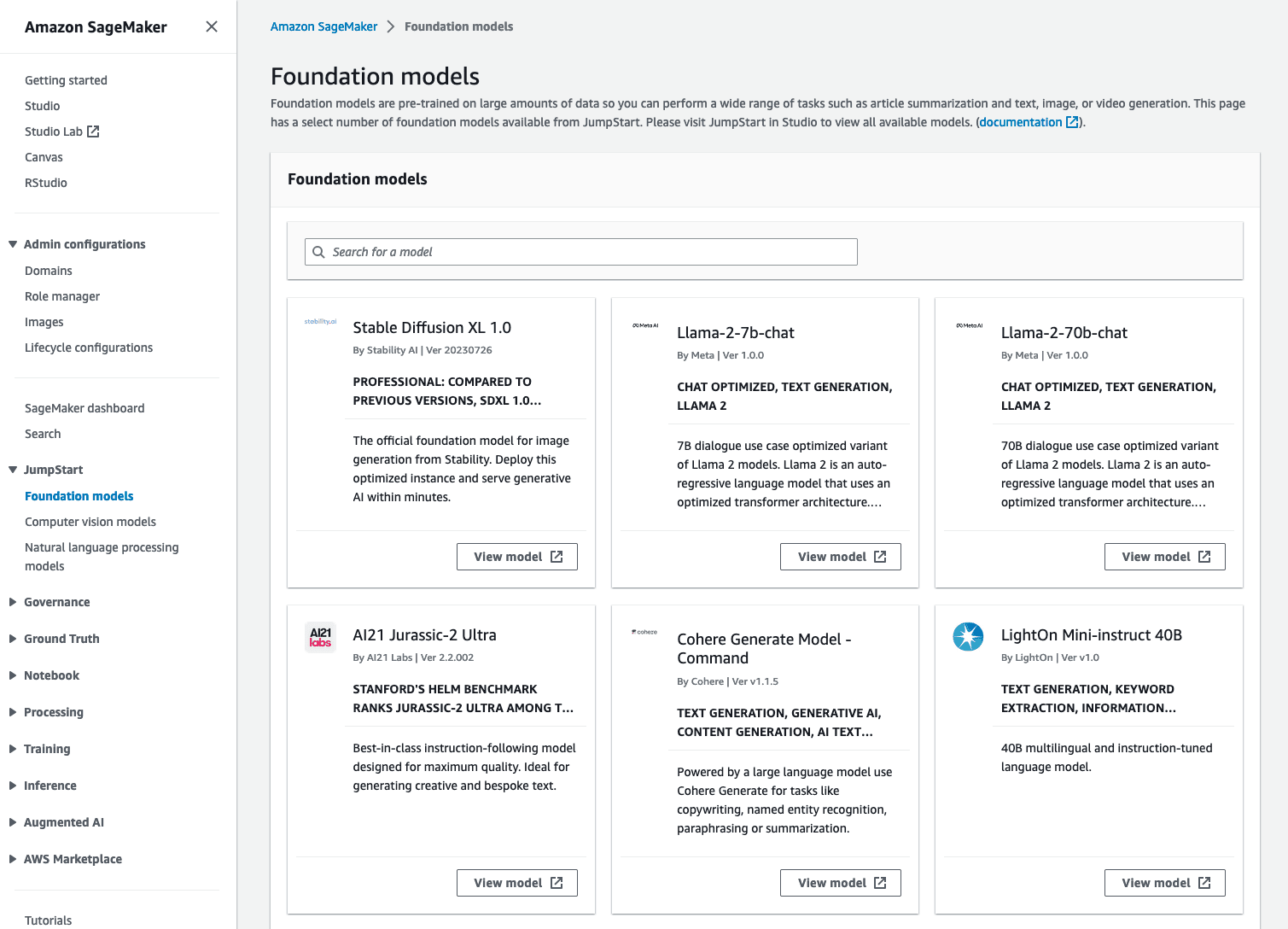
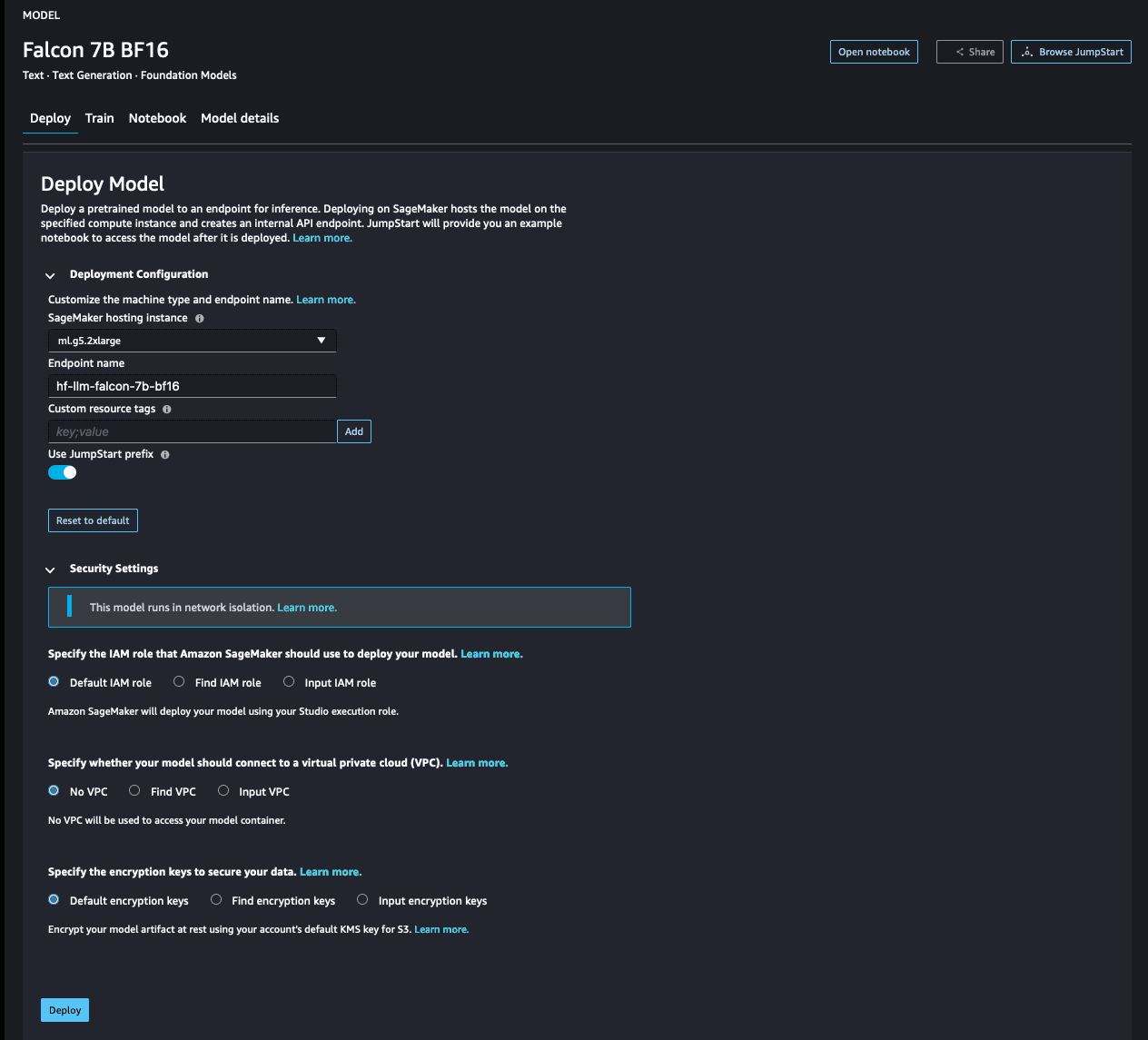
client.invoke_endpoint command calls the model and gets the response in JSON format which can be converted to plaintext and displayed to the end user, as seen in this screenshot-
- If you are new to generative AI and want to learn the capabilities of what it can do, experiment with writing prompts and how it impacts the outputs generated by foundation models, all in a web UI without having to write any code - use PartyRock
- If you want to build generative AI applications using various foundation models accessed via APIs, want the ability to enhance the results with your proprietary datasets, without doing the heavy-lifting of managing the underlying infrastructure - use Amazon Bedrock
- If you prefer to use your own foundation models, or models not offered on Amazon Bedrock, or want to control and customize the infrastructure such as type of compute and GPU for training and inference jobs of your generative AI applications - use Amazon SageMaker
Any opinions in this post are those of the individual author and may not reflect the opinions of AWS.
